The gold brought back from South America by the Spanish between 1495 and 1898 was an irresistible lure for monarchs and pirates alike
By Nick Nutter | Updated 18 Mar 2022 | Andalucia | History |
Login to add to YOUR Favourites or Read Later
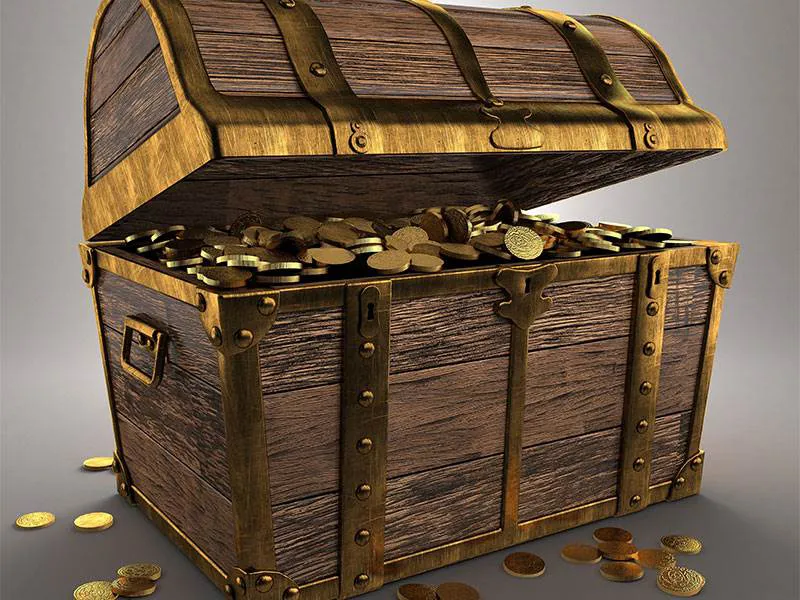
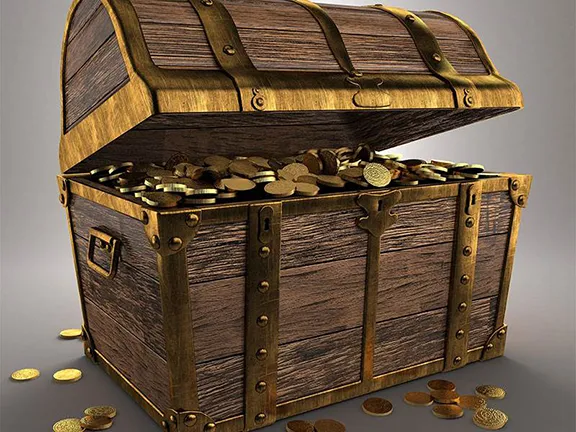
Treasure Chest
In May 2007 the American salvage and treasure hunting company, Odyssey Marine, found the Spanish treasure ship the Nuestra Señora de la Mercedes off the coast of Portugal and took from it 17 tons of silver bullion. She had sunk in 1804 following a battle between English ships and a Spanish treasure fleet of four ships loaded with gold and silver from America. Since Spain and Britain were not at war at the time the act was nothing short of piracy, but it was only the latest in a series of actions that took place over a period of three hundred years designed to divert the wealth Spain was bringing back from the Americas to other pockets. Such was the amount carried back each year that the treasure fleets became an irresistible magnet for pirates, privateers (pirates with a warrant from a monarch) and naval forces, primarily British, for the entire 300 years they traversed the Atlantic and, as Odyssey demonstrates, a lure well into the 21st century.
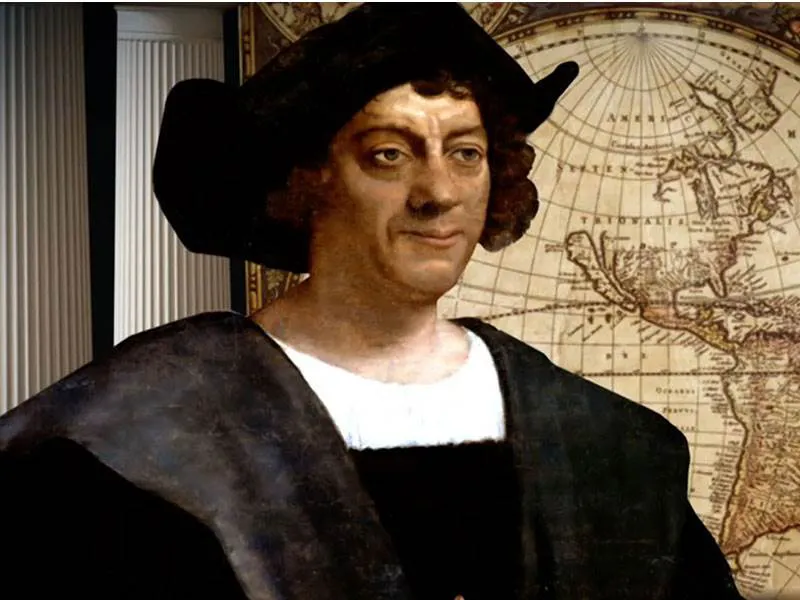
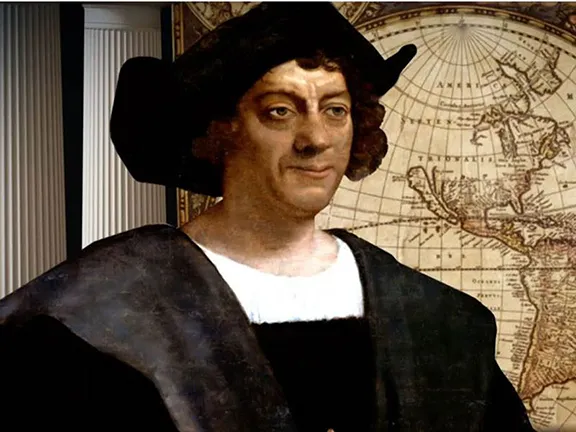
Christobal Colon
On the 3rd August 1492, Christopher Columbus, or Cristobal Colon as he is known in Spanish, sailed from Palos de la Frontera near Huelva with two small caravels, the Pinta and the Niña and a carrack, Santa Maria. He had promised his sponsors, the Catholic monarchs, gold, spices and unimaginable riches. On the 12th October, Columbus landed at an island in the Bahamas that he named San Salvador and, mistakenly thinking he had reached the Indies, he called the inhabitants Indians. Christobal returned to Spain, actually making his landfall in Portuguese Lisbon, on the 4th March 1493 with seven Indians remaining from the original dozen he had captured.
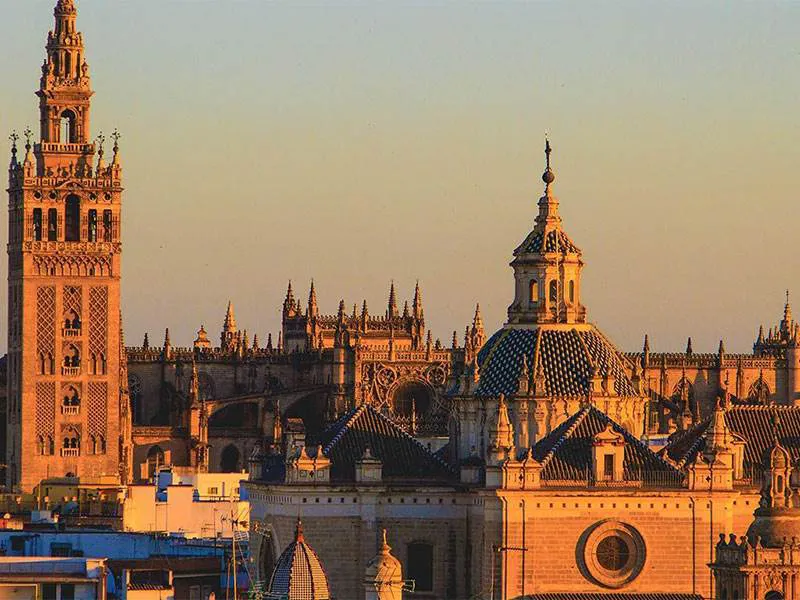
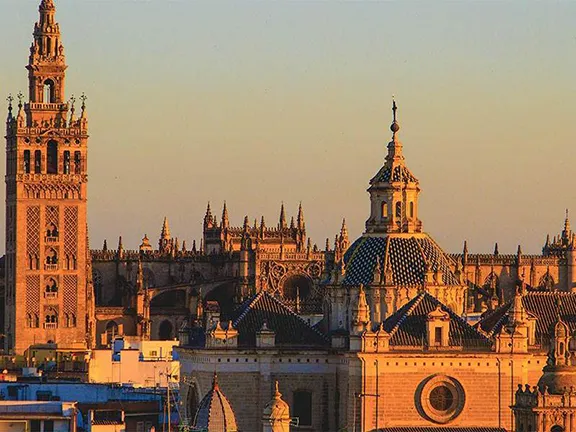
Seville Cathedral
On the 24th September 1493, he again set out, this time with seventeen ships and, on the 3rd November sighted Dominica. From there he explored the Lesser and Greater Antilles and part of Cuba. He left for Spain in August 1494. His third voyage, with six ships, departed Sanlucar de Barrameda on the 30th May 1498 and on this occasion he found Trinidad and the north coast of Venezuela. It was only now that he realised he was not even close to the Indian continent.
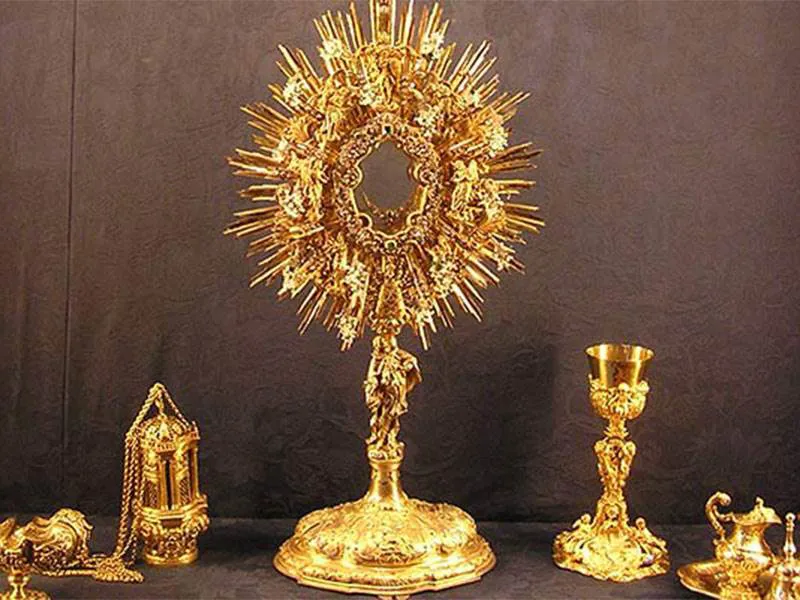

Gold in Seville Cathedral
His fourth and last voyage left Cádiz in 1502 with four ships. He intended to find a route through to the Pacific. He consequently sailed west from the Caribbean islands already discovered and found Central America, Honduras, Nicaragua and Costa Rica. On his return he was shipwrecked in Jamaica, and it was not until the 29th June 1504 that Columbus landed back in Sanlucar de Barrameda.
Columbus died in 1506, and his tomb is the grandest in the cathedral at Seville. He had opened the floodgates, and although he failed to find substantial sources of the promised gold, resorting to establishing a slave trade, his successors were more successful.
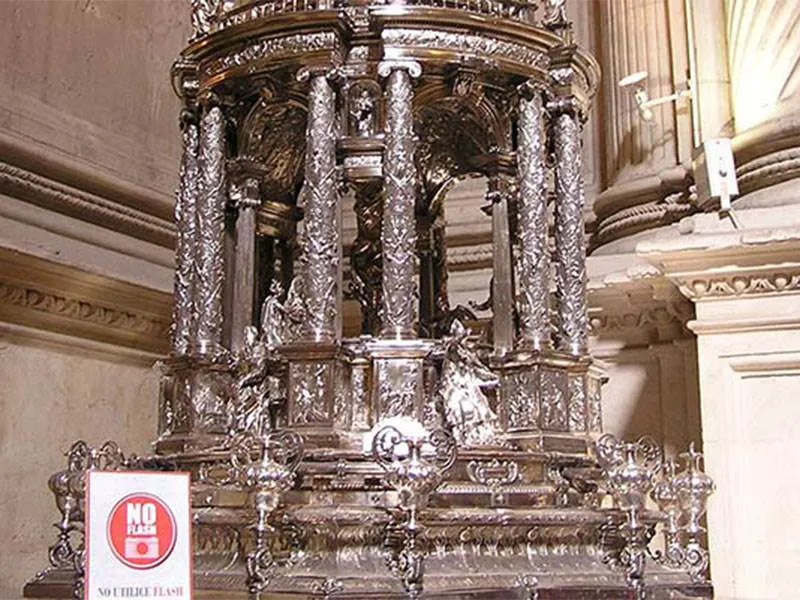
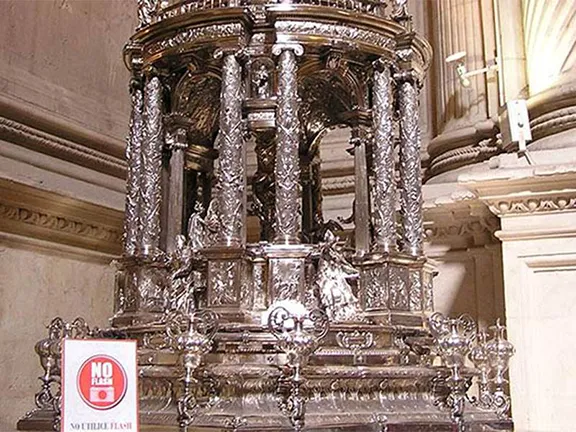
Silver in Seville Cathedral
Between 1504 and 1522 no less than 510 ships made the voyage to America and 450 made the return trip. In 1511 Diego Velazquez de Cuellar finally conquered Cuba and worked the natives to death in mines. He then sent Hernan Cortes to Mexico where he defeated the Aztecs and captured their treasures. He set the policy for the future. Spain was to gain its New World gold by stealing it, stamping it and shipping it. In his first shipments back to Spain the treasure included two gold necklaces, one studded with 185 emeralds, the other with 172 emeralds and ten pearls. Plundering the natives was only the first step. Between 1510 and 1567 Spain conquered Argentina, Bolivia, Chile, Colombia, Ecuador, Paraguay, Peru, Uruguay and Venezuela, in the meantime wiping out the Incas in Peru and the Mayans in Yucatan, and opening gold and silver mines.
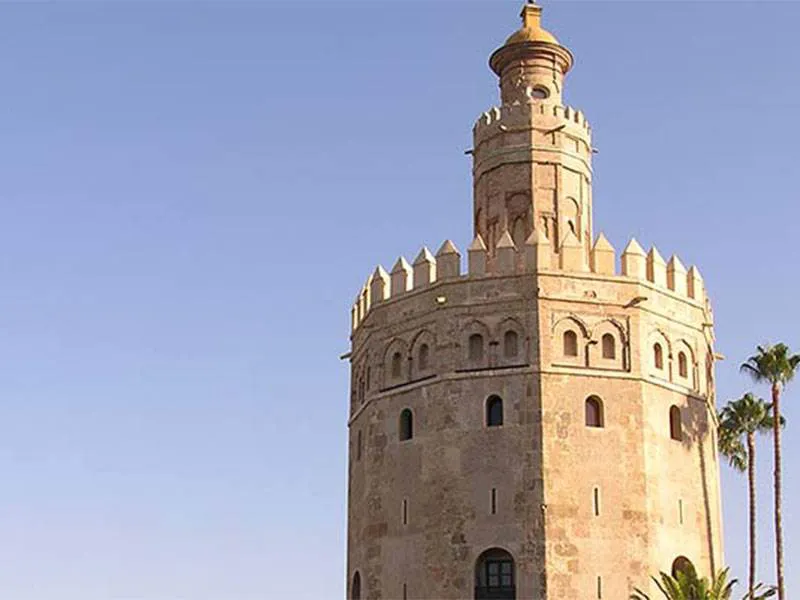
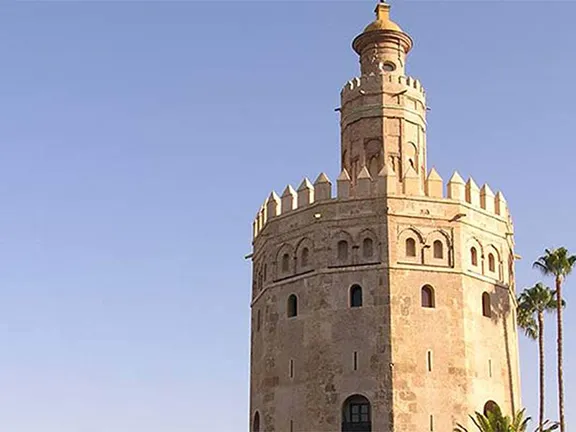
Toro de Oro Seville
The trade was controlled by the Casa de Contratación (the House of Trade) that was established in 1503 to ensure the monarchs received a percentage of the returns. The returns for the Spanish monarch were potentially huge, 50% at first then dropping to 30% and finally 10%. Not all the bounty went to the royal treasury. Some found its way to the church. The Casa de Contratación was based at the Torre del Oro, the golden tower, in Seville. From there they not only issued licences to ships to cross the Atlantic, they also kept and guarded the charts showing the routes taken and the territories discovered.
Seville had been chosen as the headquarters for what was to become the Spanish Empire because, strategically, being so far up the Rio Guadalquivir, it was more easily defended than Cádiz. A wise choice as it turned out. Sir Francis Drake sacked Cádiz in 1587 and plundered the city for two days. He also destroyed thirty-seven ships in an incident that history records as the 'singeing of the beard' of King Philip II of Spain. Drake and his monarch, Queen Elizabeth I's lust for Spanish gold and silver even took him to Panama in 1572 and 1595 as a privateer, where he famously raided the Spanish mule trains and treasure houses.
Losses to pirates and other forces became so severe that the Casa ordered the ships to travel to and from the New World in 'flotas' guarded by warships, what we would now call convoys. They comprised between 30 and 90 merchant ships depending on the number of warships available to defend them, and there were two flotas each year. Once in the Caribbean the flotas split in two, one travelling down the Spanish Main, the north coast of South America, the other sailed into Cartagena in Colombia and then west to Portobello, Panama where the silver from the Peruvian mines was collected. One friar in Portobello in one day recorded the arrival of 200 mules laden with silver that was stacked in the marketplace like 'heaps of stones in the street'. The flotas would then reform and sail back to Seville.
Even though pirates and their like accounted for a good deal of the treasure, the weather accounted for more. Off the coast of Cuba and other Caribbean islands hundreds of ships foundered in storms, some made it back as far as Europe only to sink, like the Mercedes, as a result of battle, or like hundreds more on the rocky coasts from southern Spain, Portugal, in the Bay of Biscay and even as far as Lands End, England and the south coast of Ireland.
For three hundred years, until 1899, treasure flowed from the New World to Spain. Such was the quantity and value that did reach Spain despite losses it enabled the monarchs and Catholic church to become hugely wealthy, it financed all Spanish wars during that period and it caused massive inflation throughout Europe in the 17th century.
The first territory to go from the Spanish Empire was Louisiana, a vast tract of land in North America west of the Mississippi and stretching north as far as Canada that had been, until 1763, French. Napoleon took back possession of the territory in 1800 as part of the Treaty of San Ildefonso. He then famously sold Louisiana to the United States in 1803.
The rest of the Spanish Empire started to crumble during the Peninsular War when Napoleon put his brother, Joseph, on the Spanish throne. The Spanish people did not see Joseph as a legitimate king and resistance to his rule started with the creation of juntas; emergency, ad hoc governments. In South America, Spanish Americans set up similar juntas and refused to accept the Spanish regency. A series of wars in America between 1811 and 1829 saw Spain lose, in quick succession, Argentina, Venezuela, Chile, Paraguay, Uruguay, Colombia, Ecuador, Peru, Bolivia and Panama. The remaining territories in the Americas were all lost between 1865 and 1899.
Seville Cathedral where you can see the tomb of Christopher Columbus and a small, though still astounding, part of the reworked gold and silver brought back from the New World, and the Torre del Oro which is now a museum and archive of maps, charts and navigational instruments are both open to the public.